It is a legal contract used to outline the terms of services when a general contractor hires a subcontractor to do a portion of the work assigned by the customer/client to the general contractor.
Such an agreement for subcontractors is independent of the main contract between the contractor and the client. Consequently, it is the contractor’s responsibility to compensate the subcontractor for their services, NOT the project owner.
It is fairly common for contractors to call in other contractors to assist with a project because of different reasons, such as to avoid delays or as a specialist or expert in a particular field. In such instances, a subcontractor agreement has to be prepared to define the terms of service so that each party’s interests are protected. When the agreement is used, the subcontractor does not have direct official ties to the client. These agreements are used between general contractors and subcontractors or subcontractors and subcontractors.
The agreement stipulates the contractor’s expectations from the subcontractor in terms of tasks, liabilities, responsibilities, timeline, and other pertinent details regarding the work being designated to the subcontractor. Agreements for subcontractors are common in construction, transportation/shipping, and manufacturing industries. By hiring a subcontractor, a contractor ensures specific tasks are performed by an expert.
Additionally, most contractors will choose to hire subcontractors for short periods rather than hiring permanent employees as it tends to save on costs such as insurance, benefits, and other provisions associated with permanent employees. Now that it is clear what a subcontractor agreement is, this article will discuss the essential components and different types of the agreement.
Free Template
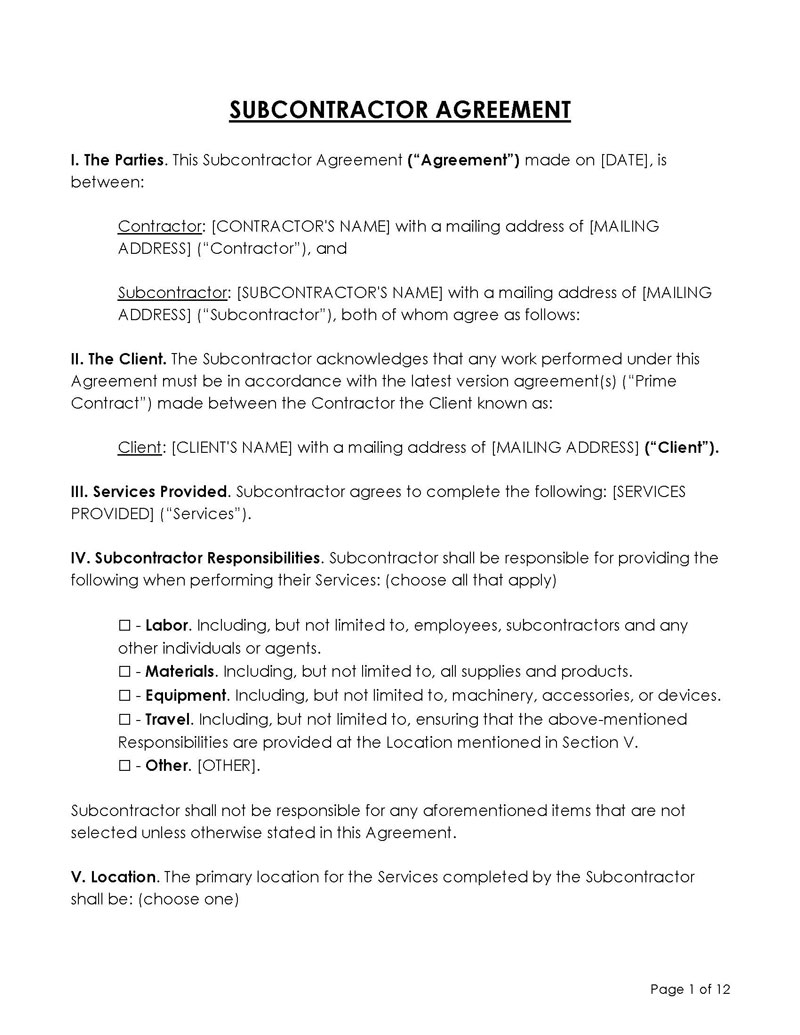
Templates by state
Types of Subcontractor Agreements
Hiring different types of subcontractors requires different types of agreements. This is because the agreement ought to have specific clauses and language depending on the type and nature of work.
Common types of agreements include:
Business associate (HIPAA) subcontractor agreement
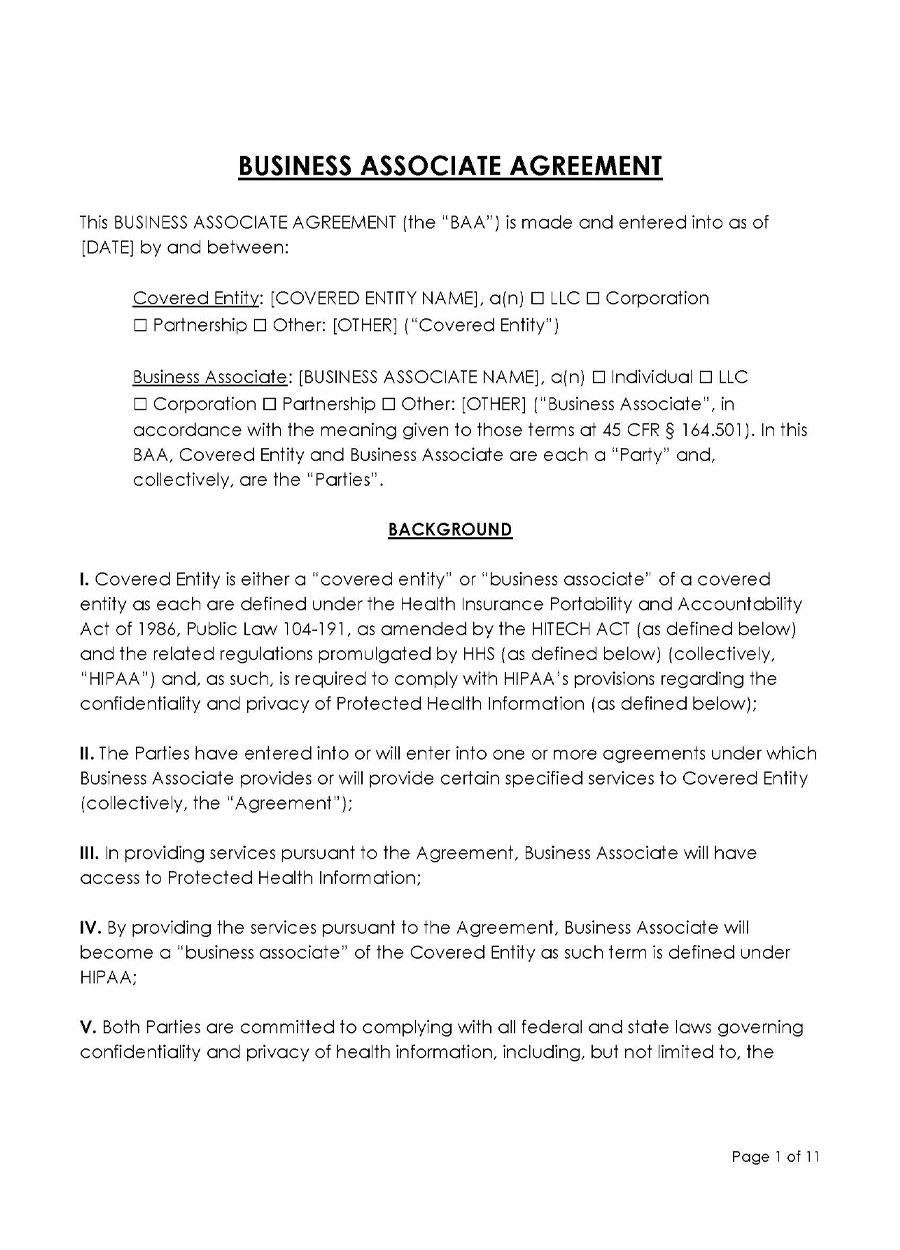
Businesses that deal with information that falls under the guidelines of HIPAA can use a business associate (HIPAA) agreement for hiring subcontractor services. The agreement should outline the subcontractor’s responsibilities and confidentiality obligations. For example, if a company hires a software developer to create a data storage platform and transfer patients’s information to the storage, they can use this type of agreement to ensure that information remains confidential.
Cleaning (residential and commercial) subcontractor agreement
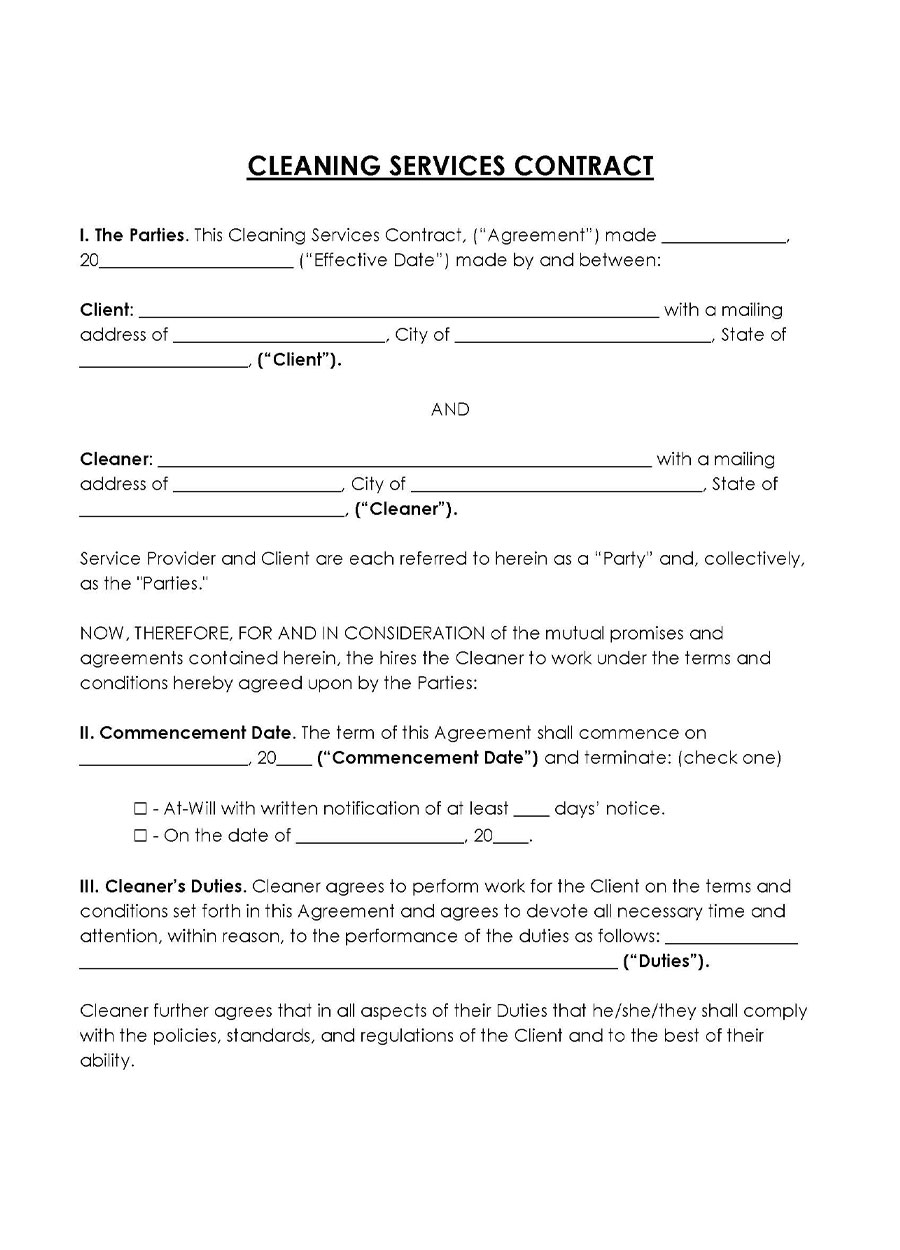
Residential and commercial property managers normally hire cleaners through such agreements as opposed to hiring permanent cleaners. This is applied as a cost-saving strategy. This is because general cleaning is usually a periodic task, not a daily routine. The agreement should define the scope of work and have an indemnification clause in case of damage to property.
Construction subcontractor agreement
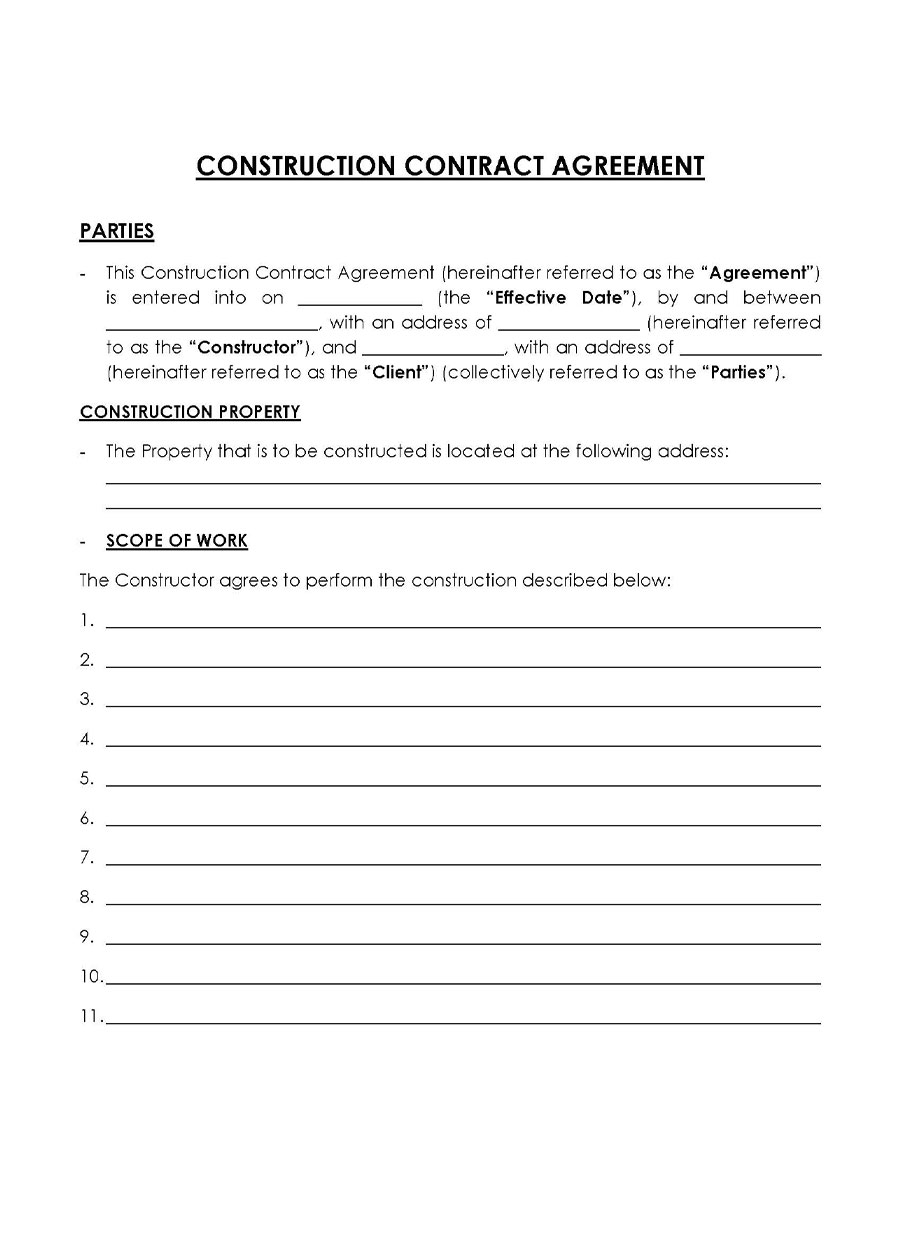
Construction is one of the areas where subcontracting is heavily utilized. A general contractor can hire different subcontractors to work on specific portions of a construction project, like roofing, drywall, landscaping, etc. The agreement should clarify that the subcontractor cannot place a lien on the property.
Consulting subcontractor agreement
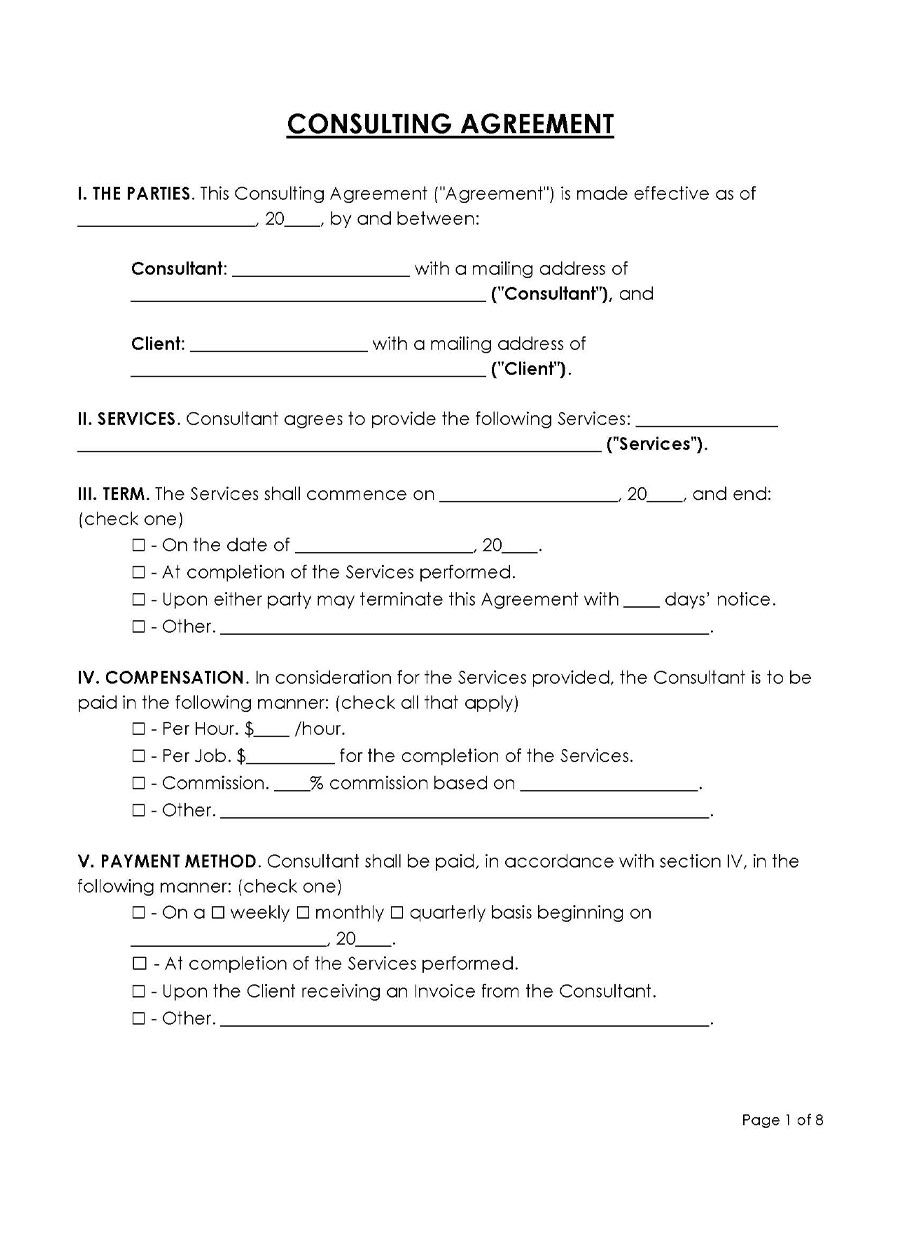
Consultants are often hired as subcontractors. The contractor can include clauses such as a Non-disclosure agreement (NDA), non-compete clause, intellectual property, etc., to ensure confidentiality is maintained and their intellectual property is protected.
Electrician subcontractor agreement
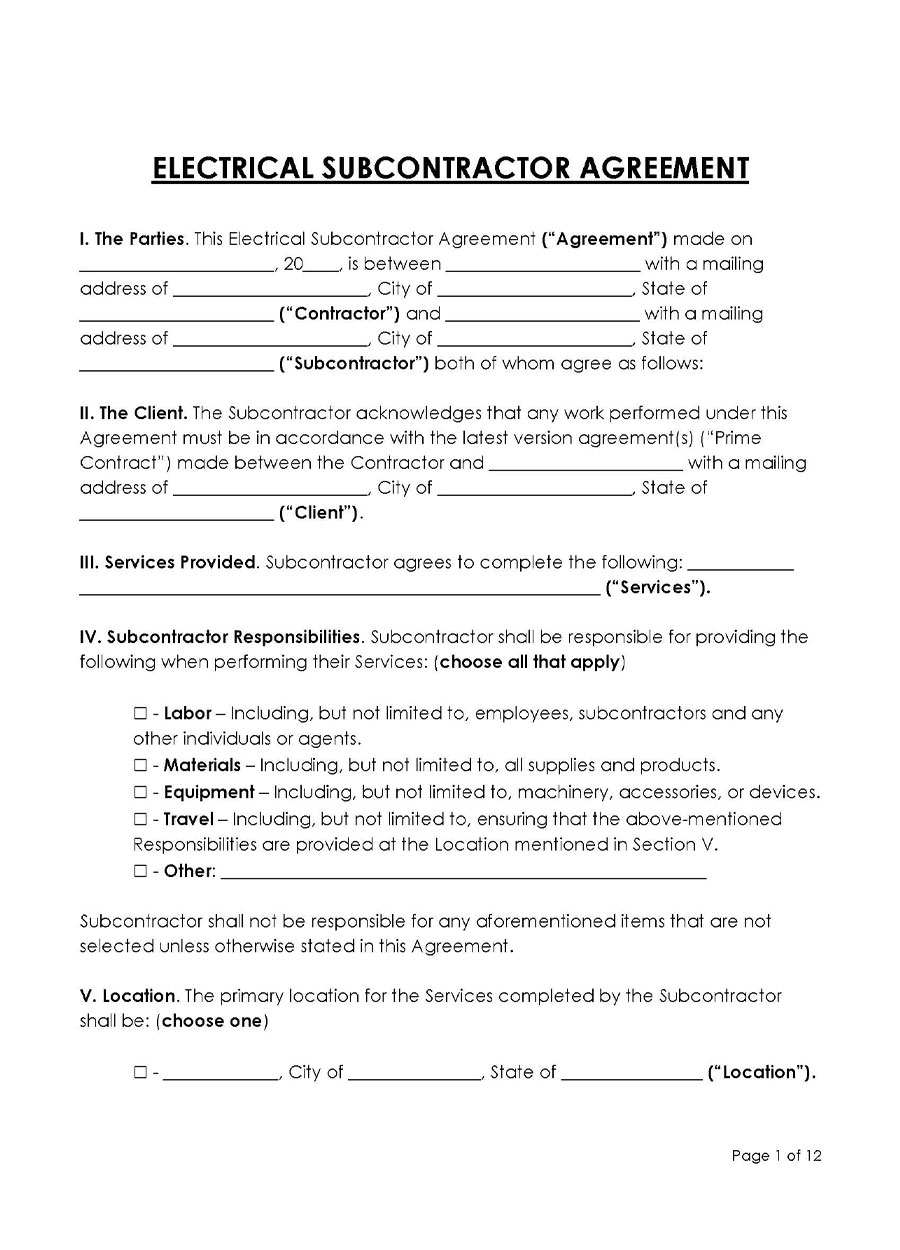
Contractors on different projects can hire electricians as subcontractors. This is because the electrical aspects of most projects require the technical know-how of an electrician. The agreement for subcontractors should clarify that the electrician shall compensate the contractor in case acts of negligence by the electrician cause accidents or damages.
Graphic design subcontractor agreement
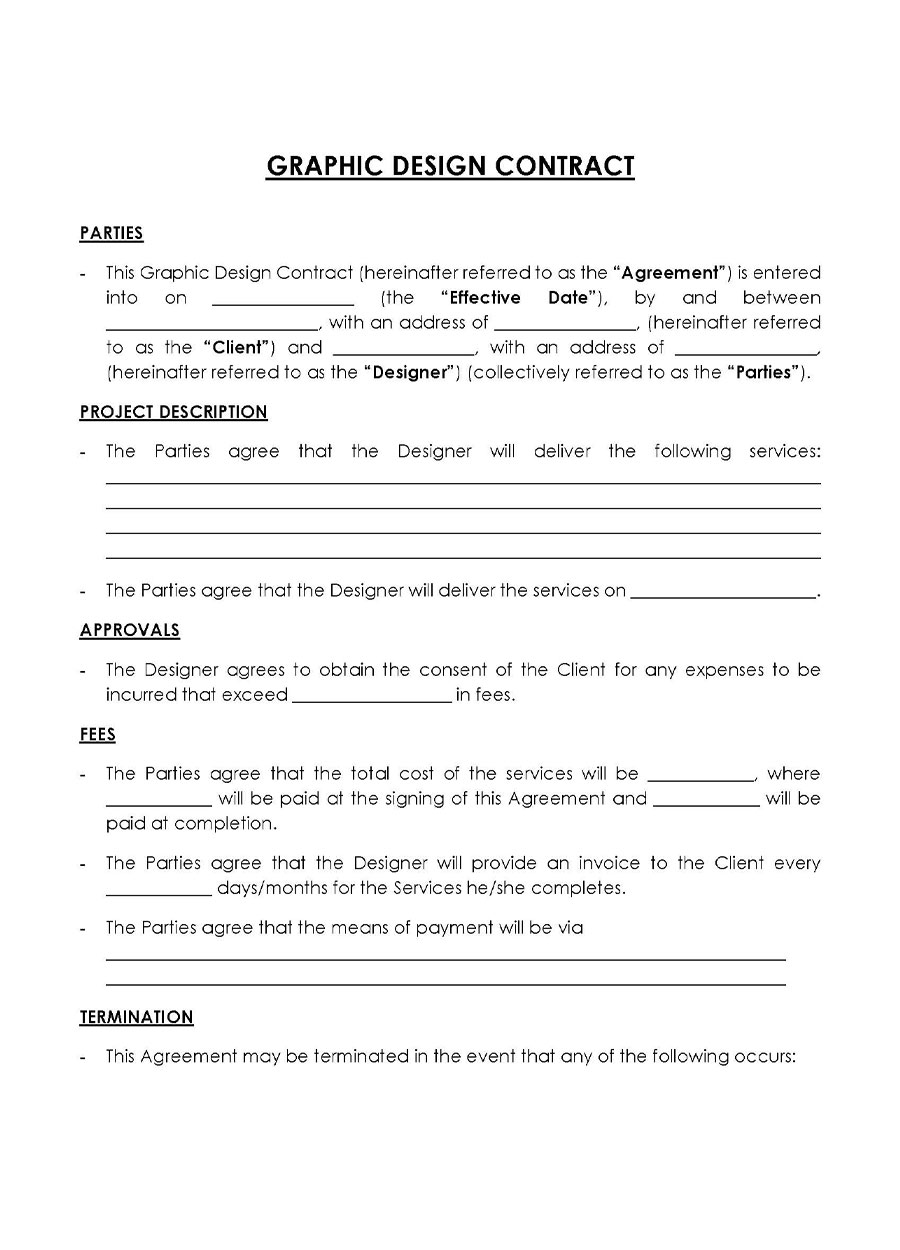
Graphic designers are often hired as subcontractors by web developers, marketers, campaign ad agencies, etc. The agreement used for a graphic designer subcontractor must clarify the scope of work, the client’s specifications (supply chain), and the deliverable schedule.
Installation subcontractor agreement
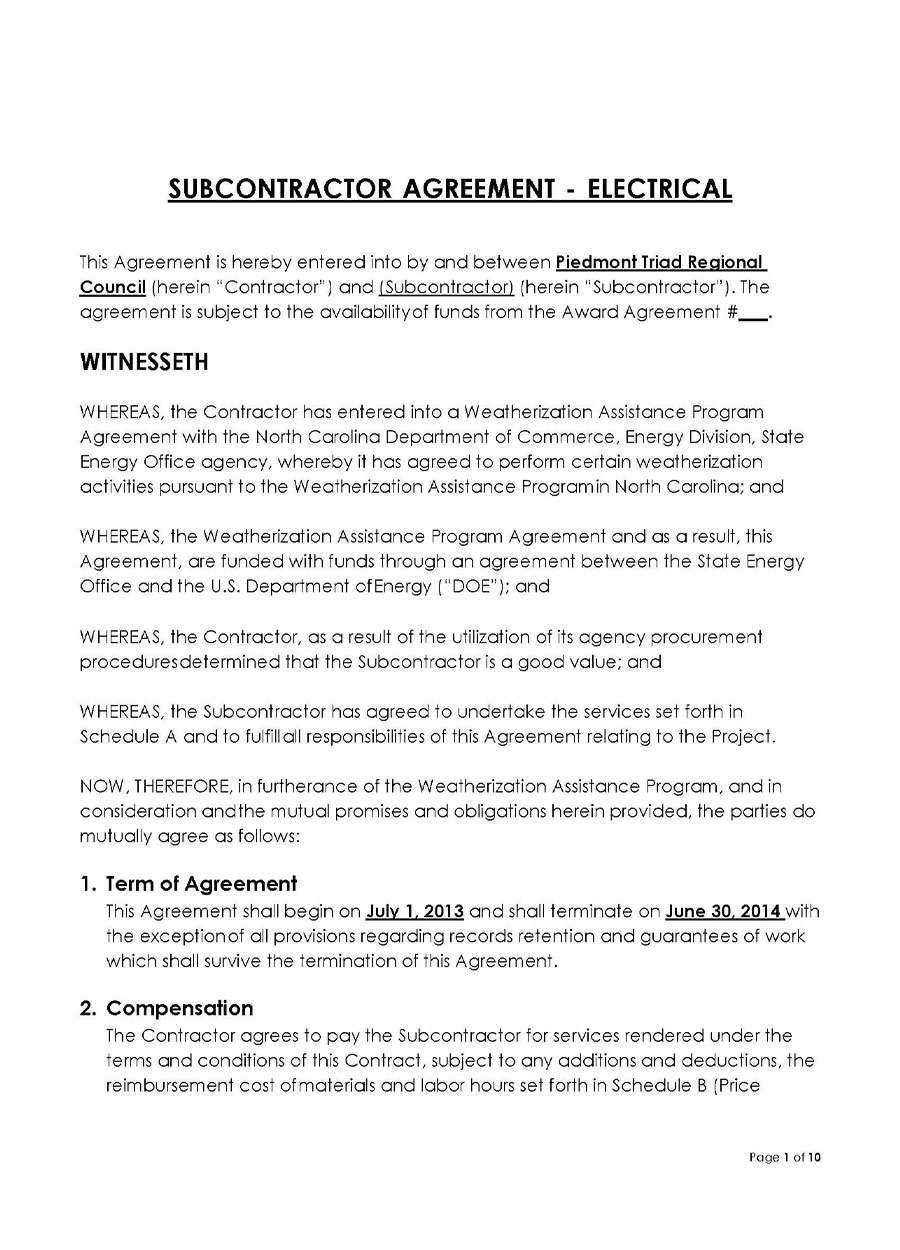
Some people specialise in installation services. A contractor can hire such services through an agreement for a subcontractor. The agreement can outline what will be installed, schedule, and indemnification clause should equipment or devices get damaged during installation.
Interior design subcontractor agreement
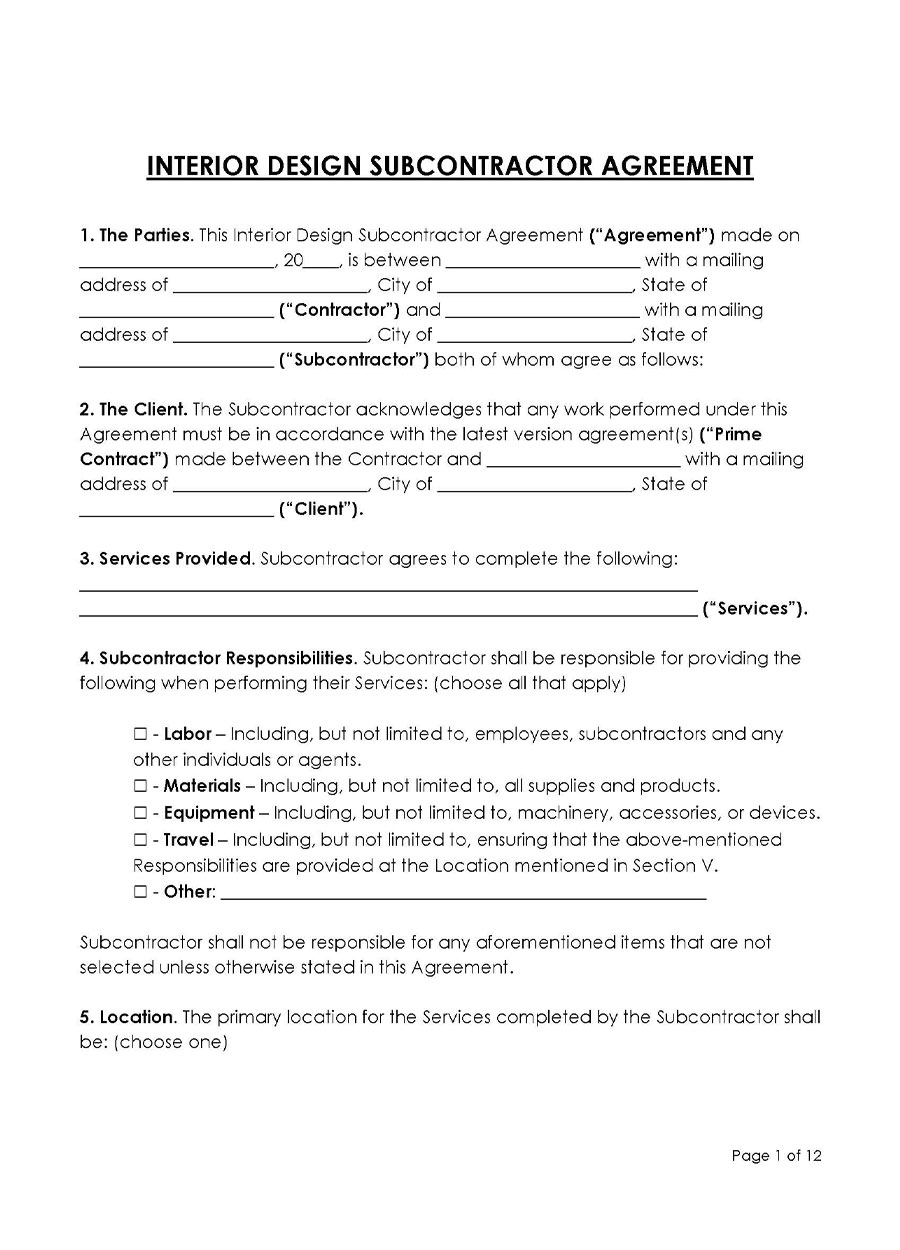
Builders and construction contractors often hire interior designers as subcontractors to improve the aesthetics of a building after construction. The agreement should have a conditional payment clause stating that the interior designer will be paid once the general contractor is paid.
Painting subcontractor agreement
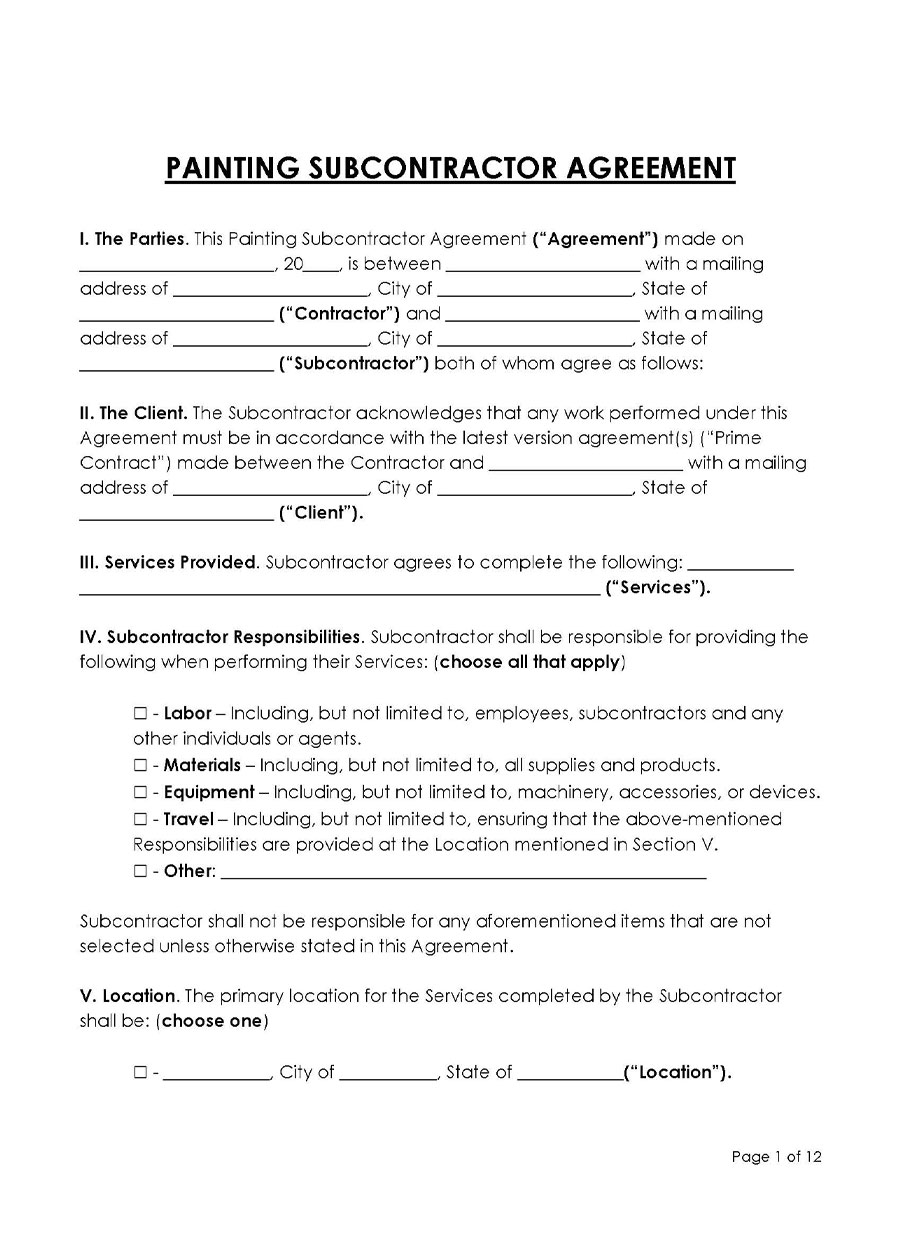
Painters can be hired as subcontractors by general contractors during construction or renovation. The agreement used must clarify that the painter cannot place a lien or bond on the property. Also, it often includes a “Pay if/when Paid” clause.
Roofing subcontractor agreement
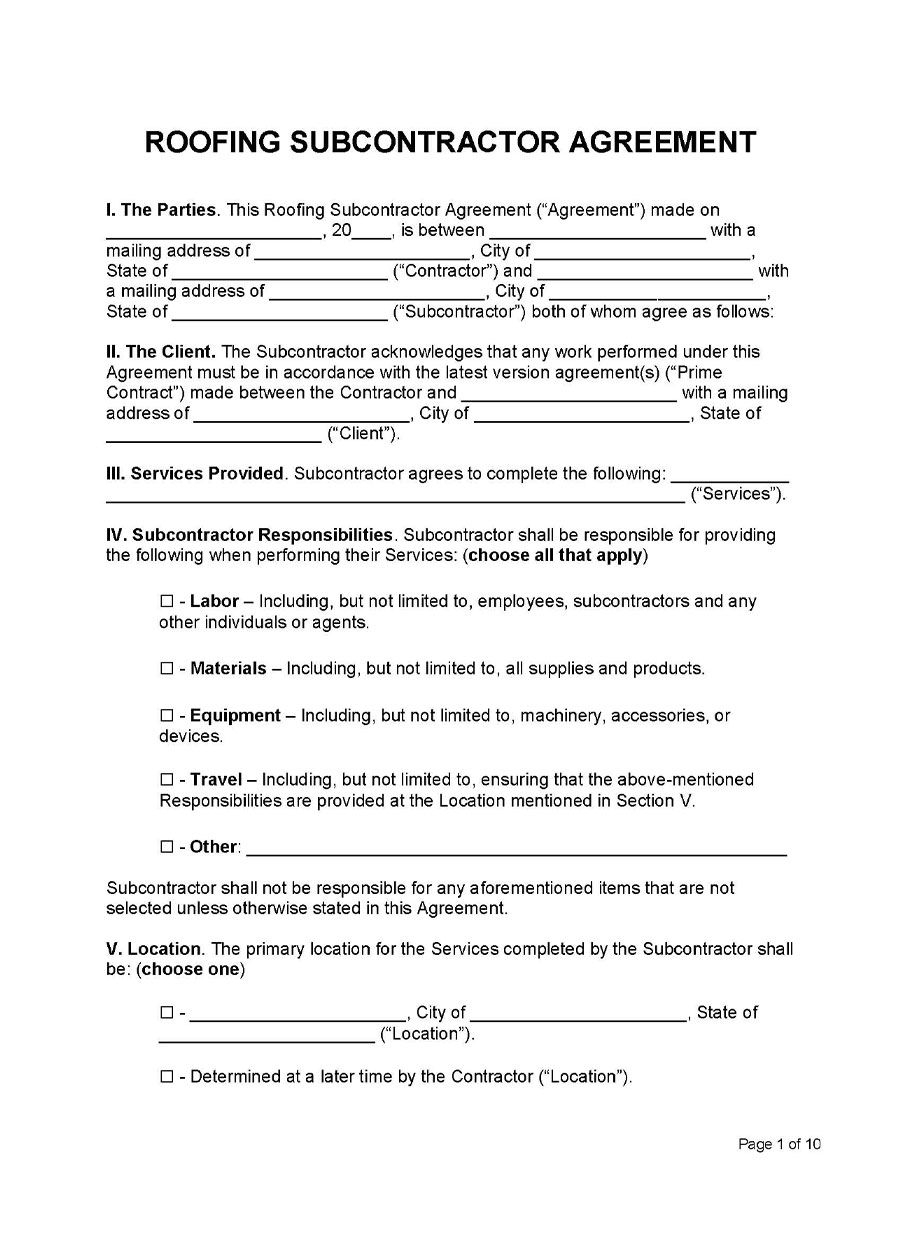
Roofing requires a specific skill set. Contractors alo use these agreements of subcontractors to seek roofing services. The agreement clarifies the scope of work, schedule of work, insurance in case of injuries, and a conditional payment clause.
Software development subcontractor agreement
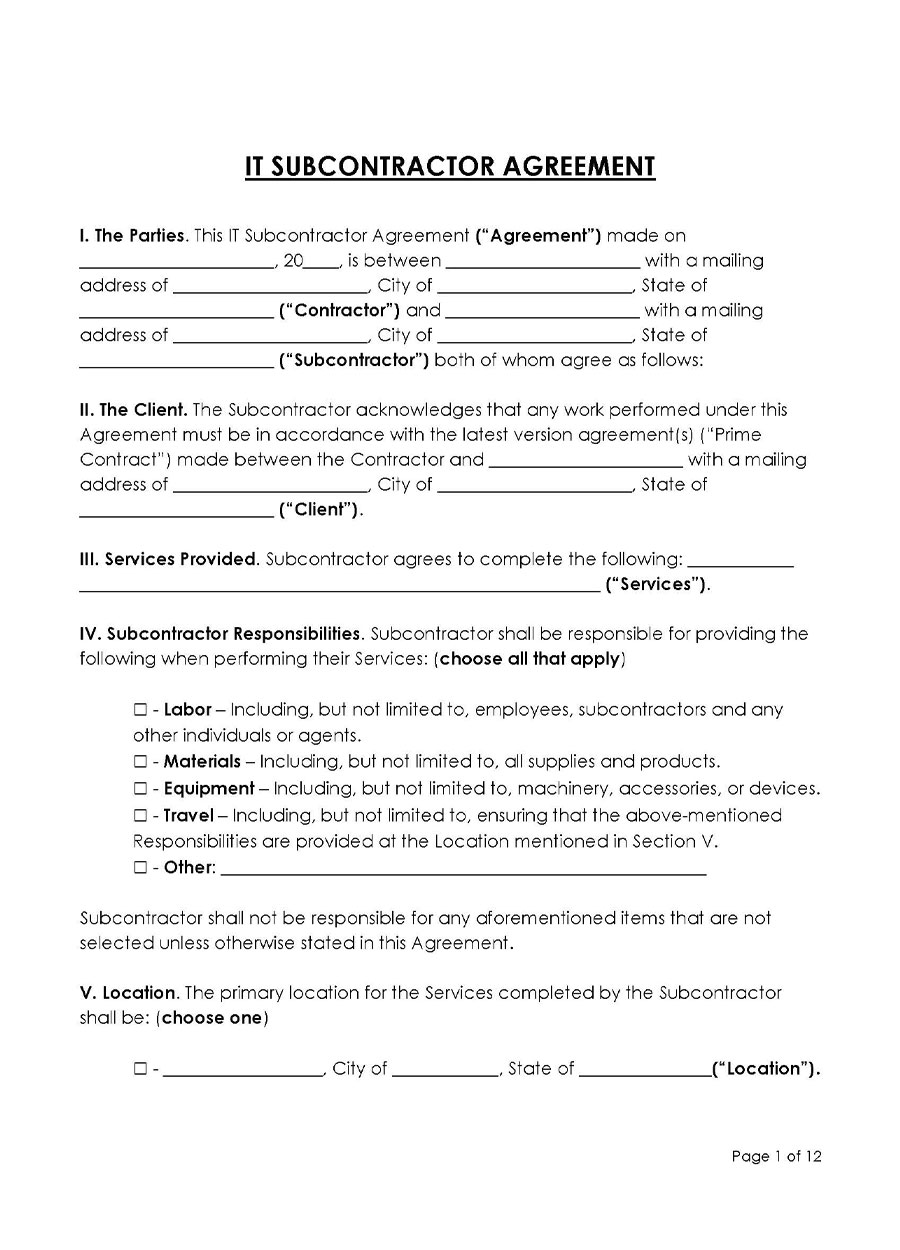
Marketing agencies hire software developers as subcontractors. This is because agencies are often specialised in strategizing, thus choosing to designate specific tasks to different subcontractors such as software developers. The agreement will often define the scope of work, customer specifications, and a conditional payment clause.
Snow plow/removal subcontractor agreement
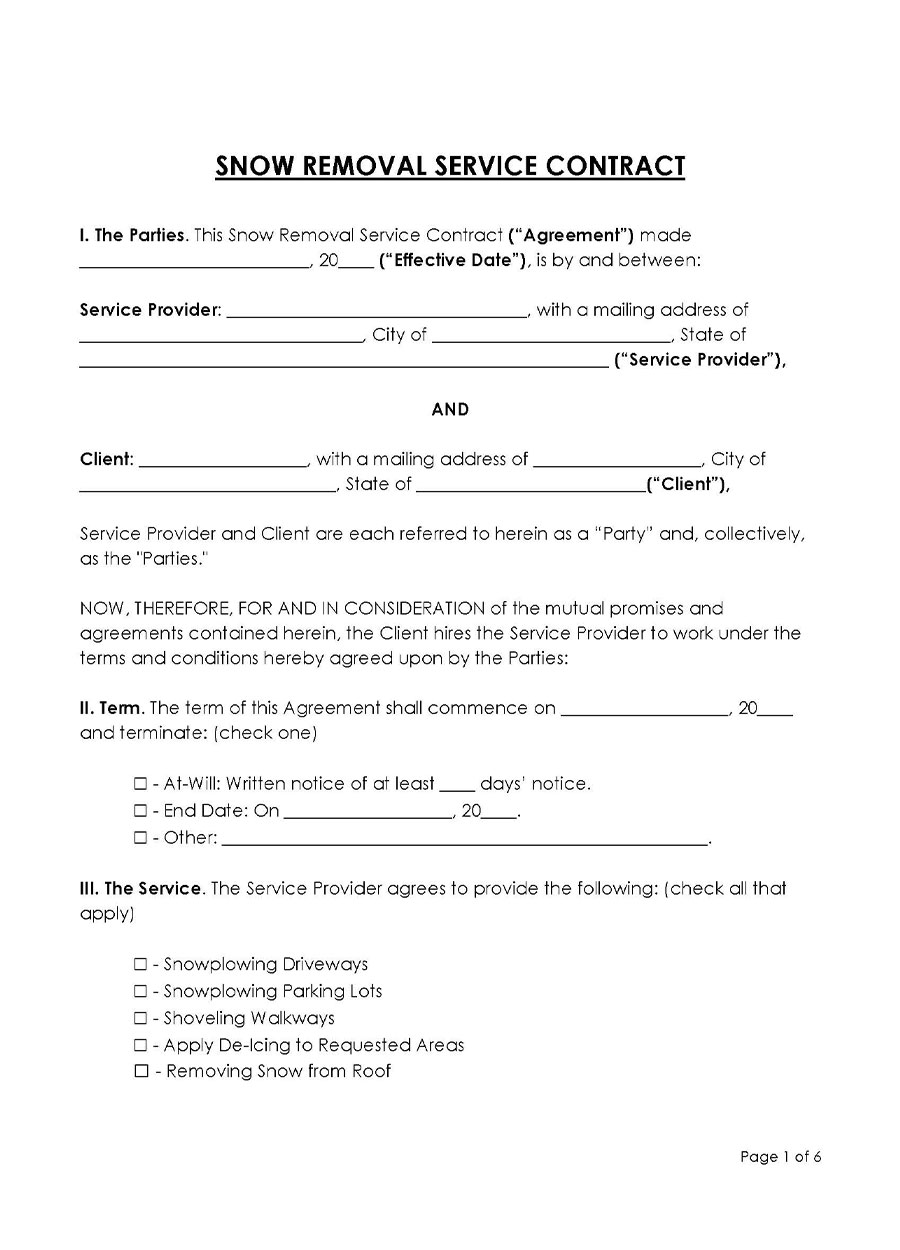
Snow removers are examples of subcontractors who are hired for one-off jobs during winter. The agreement will often discuss insurance if the worker get injured during work and a warranty that the work will be done to the client’s satisfaction.
Truck driver subcontractor agreement
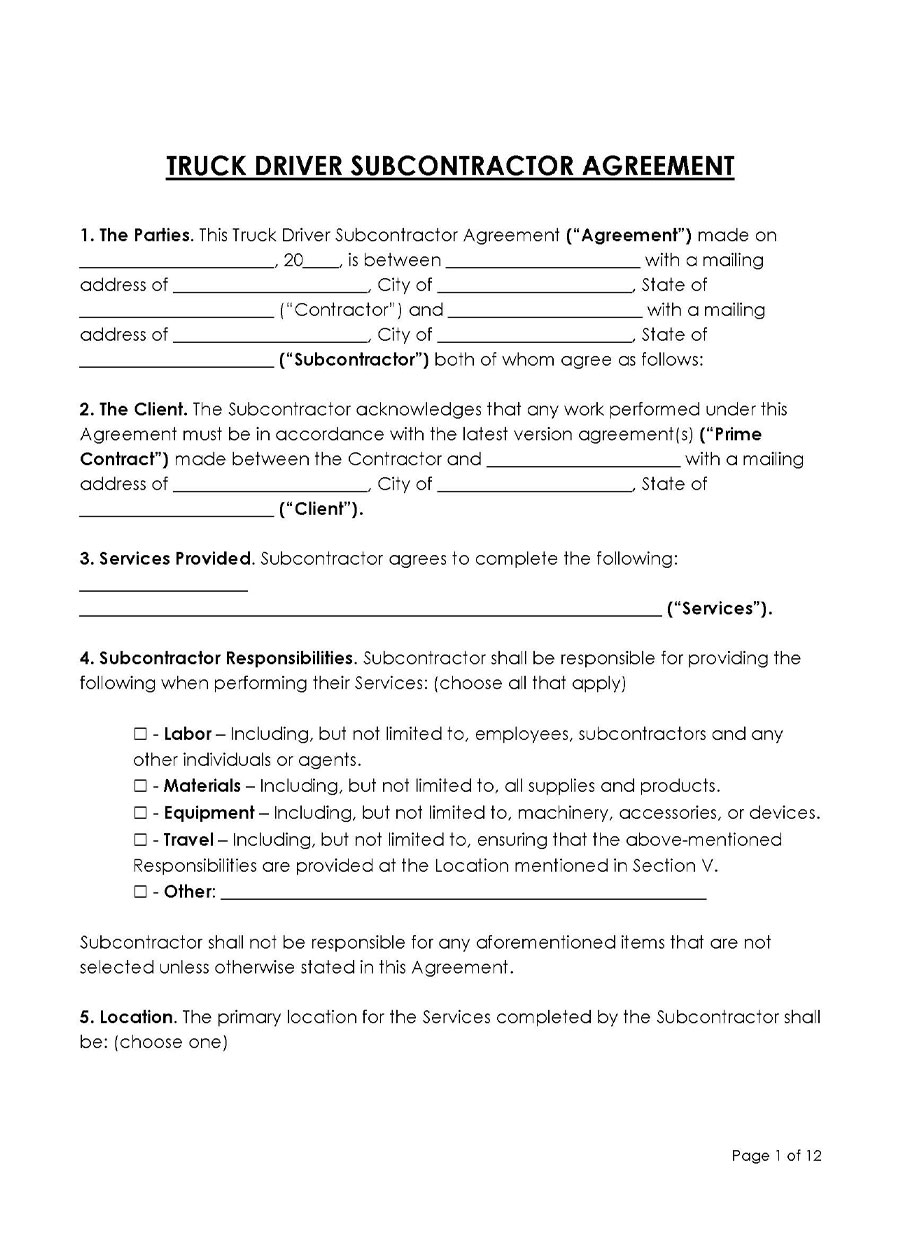
Truck drivers can be hired as subcontractors when contractors want to transport items such as equipment. The agreement should declare that the truck driver is insured, cannot place a lien on the project’s owner, an indemnification clause outlining the consequences of negligence and careless driving, and guarantees that goods will be transported without damage.
Web design subcontractor agreement
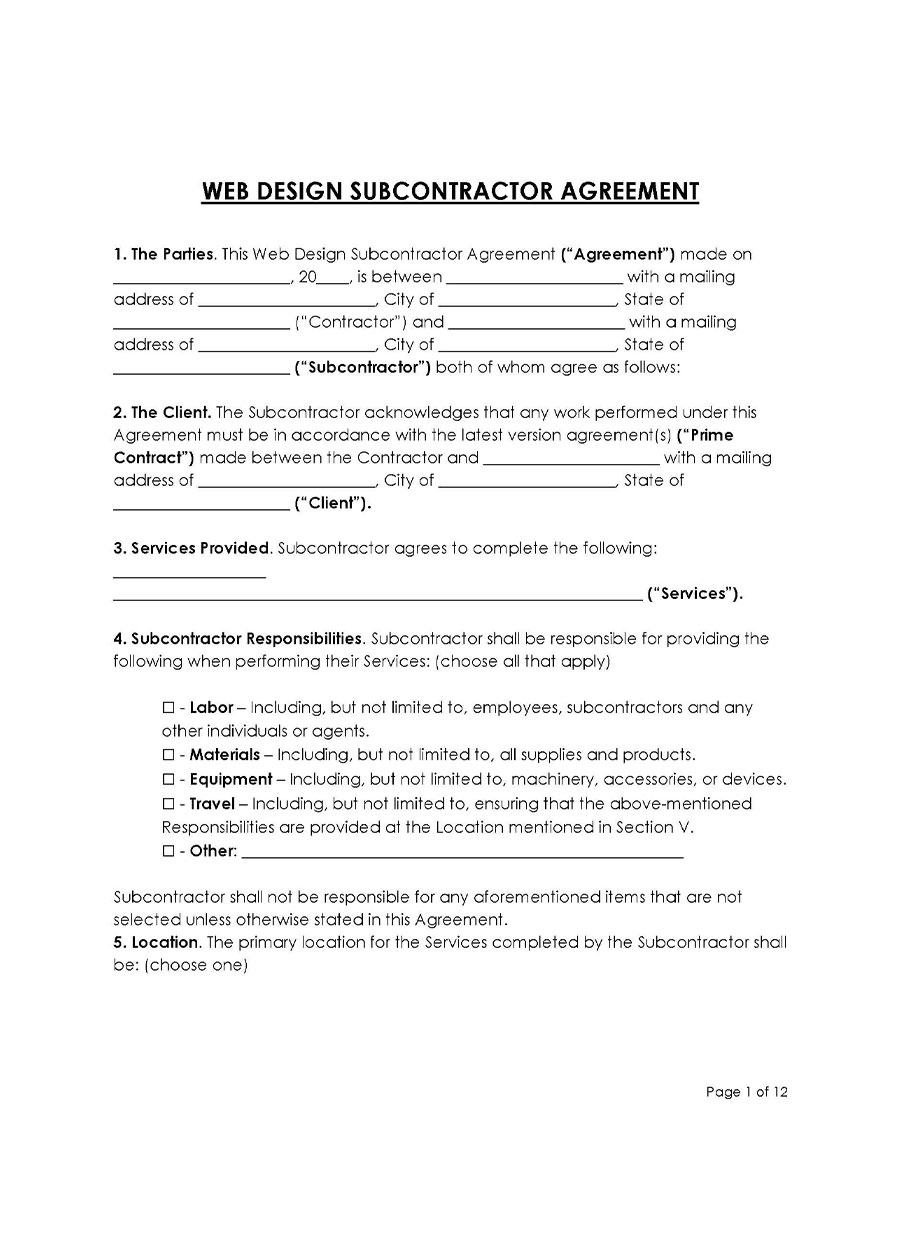
Web designers are often hired as subcontractors to create websites or perform analytics. The agreement must thus define the scope of work, provide warranties that the website will perform its intended purpose, and provide a work completion schedule.
Why You May Need a Subcontractor Agreement
Putting the terms and conditions of the transaction between a contractor and subcontractor in writing is important to prevent future issues. Even though the agreement protects both the contractor and the subcontractor, it is more beneficial to the subcontractor as proof of work or obligations designated to them. Also, the agreement communicates the expectations of each party, the work the contractor wants to be completed, and typically, payment required by the subcontractor for services rendered.
Subcontractor Agreement Basics
Such an agreement is basically a rule book governing the transaction between the contractor and the subcontractor. It must therefore outline what each party is expected to do and the consequences of not fulfilling these obligations. Putting this information in writing ensures the agreement can be referenced in the future should any issues arise between the involved parties.
The following components can be found in most subcontractor agreements:
Scope of work
This agreement must define the scope of work designated to the subcontractor. Since a subcontractor is often hired to perform specific functions, the tasks should be listed and defined in the agreement. Other than the obligations, the agreement can outline the project schedule to indicate how long it will take to complete the work. The work requirements can also be detailed in this section.
Supply chain and other operational risks
The project owner or client will often have specific requirements or deliverables. It is up to the contractor to relay this information to the subcontractor. Since they can be out of the subcontractor’s control, they must be communicated to declare that the subcontractor isn’t liable. Other operational risks such as climate that affect construction should be stated to indicate the subcontractor cannot be blamed for associated delays.
Defense & indemnification clauses
A defense and indemnification clause can also be added to agreement. A defense and indemnification clause declares that the subcontractor shall compensate the contractor for any losses or expenses incurred due to the subcontractor’s performance. This way, the contractor transfers the risks associated with the quality of work to the subcontractor. It is a defense strategy for contractors.
Insurance, bonds, & liens
The agreement should indicate any equipment or circumstances that are insured. Unforeseen events are more than likely to happen as the subcontractor undertakes their tasks; if the unforeseen events are insured, the agreement should indicate this. The agreement must also declare if the subcontractor is allowed to place liens on the property or on the agreement in case of late payments or non-payment. Most contractors opt to declare that the subcontractor cannot place a lien on the client’s property but should place it in the agreement.
Warranty
A contractor can ask for guarantees on the quality of work. The warranty offered by the subcontractor should be explicitly stated in the agreement. Most reputable subcontractors will oppose the inclusion of this clause.
Arbitration clauses
Disputes are likely to occur during transactions between contractors and subcontractors. The agreement should therefore include an arbitration clause that declares how disputes between the involved parties will be resolved. Arbitration requires that disputes be resolved out of court, thus protecting the contractor from lawsuits whenever an issue occurs.
Conditional payment clauses
A conditional payment clause should be added. A conditional payment clause can declare that “Pay when/if Paid.” This is used as a way of distributing risk and ensuring the subcontractor carries their duties to the best of their ability.
Frequently Asked Questions
A master subcontract agreement is basically a contract between a contractor and subcontractor that applies to future interactions between the two parties. This means the next time the contractor hires the subcontractor, terms, and conditions of services outlined in the master subcontractor agreement will still hold.
An agreement with a subcontractor becomes effective once the two parties supply their signatures to the document. The agreement is deemed legally unenforceable unless it is authenticated by the contractor’s and subcontractor’s signatures.
Absolutely. Contractors are obligated to send a 1099 Form to subcontractors if they are to be compensated more than $600 for their services.












